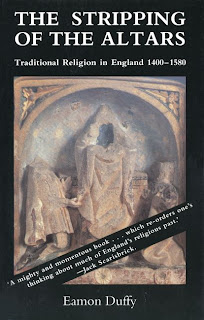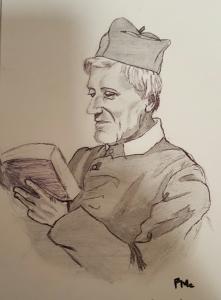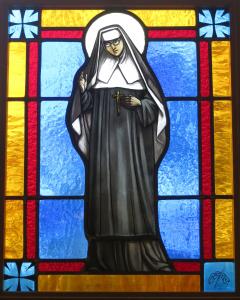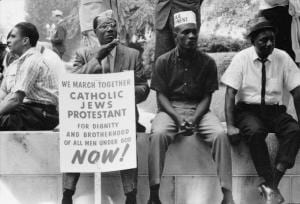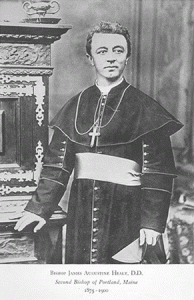Eamon Duffy’s 1992 book was written to answer an important question that scholars have debated for centuries: was the sixteenth century English Reformation a popular movement, or was it something imposed from above on an unwilling people? Most historians have argued that the former was the case: that Anglicanism replaced a decaying and corrupt Catholicism. In other words, Henry VIII and his successors were simply doing what the people wanted. Duffy. however, takes a different approach. He sees the English Reformation as a “violenbt disruption” rather than a “natural fulfillment.” Traditional religion, he argues, was rooted in the Mass, the guilds, devotion to the saints, and pilgrimages. Like the people Henry VIII, for all his cynicism, was still attached to Catholicism’s traditional framework. In 1539, for example, his Statute of Six Articles confirmed Transubstantiation, clerical celibacy, and confession. Only after Henry’s death was the English Reformation brought into closer accord with the continental reforms of Martin Luther. Reforms imposed from above led to the reforming of traditional religion around new rituals and the Book of Common Prayer. By that point, as Englishman wrote, “It is safer to doe [sic] in religion as most people doe.” One reviewer described the book as
A] vigorous and eloquent book, a work of daring revision and a masterpiece of the historical imagination…. At once meticulous and lush, The Stripping of the Altars patiently and systematically recovers the lost world of medieval English Catholicism. he convincingly demonstrates that for better or worse, the Reformation was “a great cultural hiatus, which had dug a ditch, deep and dividing, between the English people and their past”—a past that over merely three generations became a distant world, impossible for them to look back on as their own.

